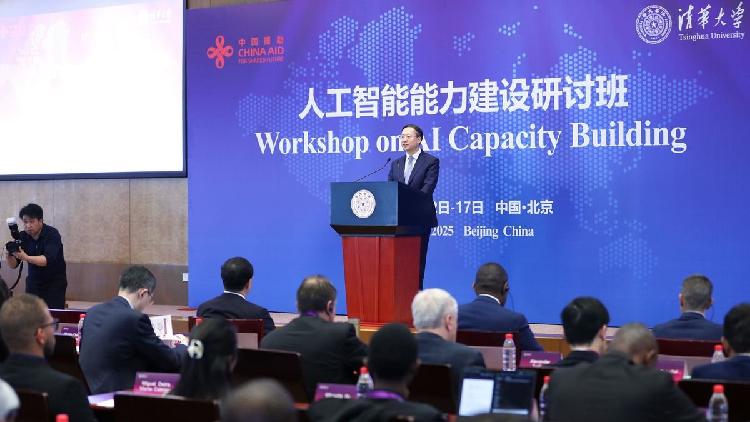
When a magnitude-7.9 earthquake rocked Myanmar on March 28, China quickly released 14 satellites to capture high-resolution imagery of the affected regions in assistance of catastrophe reaction.
This rapid release helped recognize over 480 presumed catastrophe websites within a 120-kilometer radius of the center near Mandalay.Earlier in the year, when communication were cut off due to the 6.8-magnitude earthquake that struck Dingri County in southwest Chinas Xizang Autonomous Region on January 7, Chinas carrier provider deployed unmanned aerial lorries (UAVs) functioning as air-borne base stations to develop emergency interaction networks.As May 12 marks Chinas National Disaster Prevention and Mitigation Day, more technological innovations have actually improved the nations ability to react swiftly and successfully to natural catastrophes while offering crucial assistance to global humanitarian activities.Satellite system: Strengthening early caution and monitoringChinas Fengyun meteorological satellites now serve worldwide disaster avoidance efforts.
With nine satellites currently functional in orbit, they supply detailed coverage and high-resolution data important for weather forecasting and early warning systems.
According to the China Meteorological Administration, these satellites have offered data and products to 133 countries and areas as of April, supporting weather forecasting, environment forecast, and natural disaster tracking for developing countries in Asia and Africa.Aerial developments: Rapid reaction and interaction restorationChinas advancements in aerial technology have boosted its quick catastrophe response.
Chinas individually established AG600 large amphibious firefighting airplane is tailored to perform rescue objectives such as firefighting and maritime search and rescue in all types of surface across the country.After receiving its type certificate from the Civil Aviation Administration of China in April, it is slated to gain market approval and realize shipment soon.
Following the earthquake in Dingri County, the large civil UAV Wing Loong-2H was dispatched to examine catastrophe effect.
Geared up with electro-optical sensing units and artificial aperture radar, the UAV transferred high-resolution images and real-time information, facilitating targeted rescue operations.UAVs have actually also been utilized in flood-prone regions.
In the Emergency Mission 2024 rescue drills in Zhejiang Province, UAVs, consisting of the Wing Loong series, helped develop interaction links in separated areas, making sure prompt decision-making and rescue efforts.Domestic big language designs in catastrophe reliefArtificial intelligence and robotics are increasingly incorporated into Chinas catastrophe management strategies.
During the Myanmar earthquake, a language group leveraged the power of Chinas in-house big language design (LLM) DeepSeek and established a Chinese-Burmese-English translation system to assist Chinese rescue teams on the ground.In addition, AI-driven systems facilitate rapid analysis of meteorological information, improving the precision of forecasts and early warnings.
In April, the Guangdong Meteorological Observatory introduced the 15th Games meteorological AI assistant in preparation for the 15th National Games.
Powered by advanced LLMs such as DeepSeek and Alibabas Qwen, this assistant smartly examines meteorological data and rapidly produces service recommendations for the events, ensuring timely and accurate weather-related details for the video games.

 10
10




















